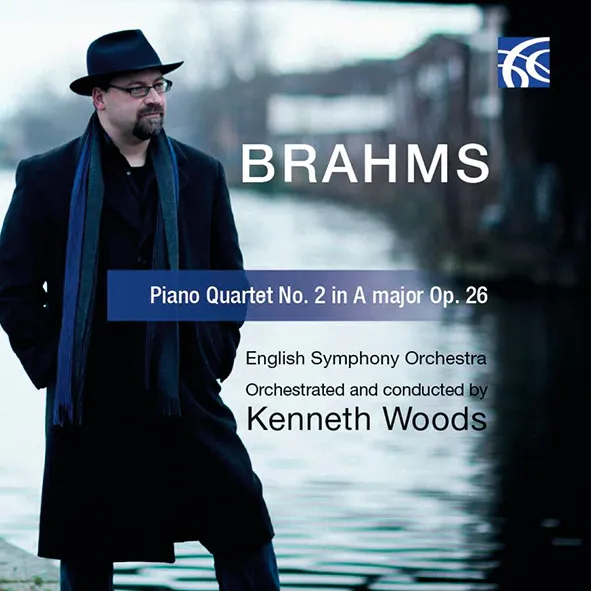
Brahms Piano Quartet No. 2 in A major, Op. 26 (arr. Woods) English Symphony Orchestra/Kenneth Woods Nimbus Alliance NI6364 49:17 mins
Schumann famously described Brahms’s early piano sonatas as ‘veiled symphonies’. But this epithet could equally well be applied to some of his chamber music. Schoenberg’s fascinating orchestration of the G minor Piano Quartet certainly exemplifies the proto-symphonic dimensions of Brahms’s musical argument. Yet there are grounds for arguing that the expansively conceived A major Piano Quartet, written around the same period, is even more worthy of being clothed in orchestral fabric.
Kenneth Woods has grasped this nettle and produced an absolutely imaginative arrangement. Unlike Schoenberg, who couldn’t resist inserting instrumental eccentricities such as a tinkling xylophone into the melting pot, Woods is much more respectful of Brahmsian orchestral conventions, justifiably drawing upon instrumental combinations that you would find in the symphonies. One of the most inspired moments comes in the middle of the slow movement, where solo violin and horn soar above the rest of the orchestral accompaniment in a passage that points forward to the equivalent movement in the First Symphony. No less exciting is the enunciation of the opening motif for a quartet of horns in their highest register (a passage you’d definitely want to hear played by the Wiener Philharmoniker!), the delicate almost Mendelssohnian string and woodwind interchanges in the Scherzo and the exhilarating Finale. Inevitably, Woods has had to make some compromises along the way. The mysterious piano arpeggios that punctuate the slow movement do not easily transfer to the orchestra. But Woods’s solution of sustained woodwind and string chords over a crescendo timpani roll brilliantly conveys the music’s menacing character.
Despite occasional moments of imprecise ensemble, the English Symphony Orchestra does a pretty decent job of tackling this technically challenging score. Hopefully this new addition to the Brahms symphonic canon will get the widespread dissemination it certainly deserves.
Erik Levi